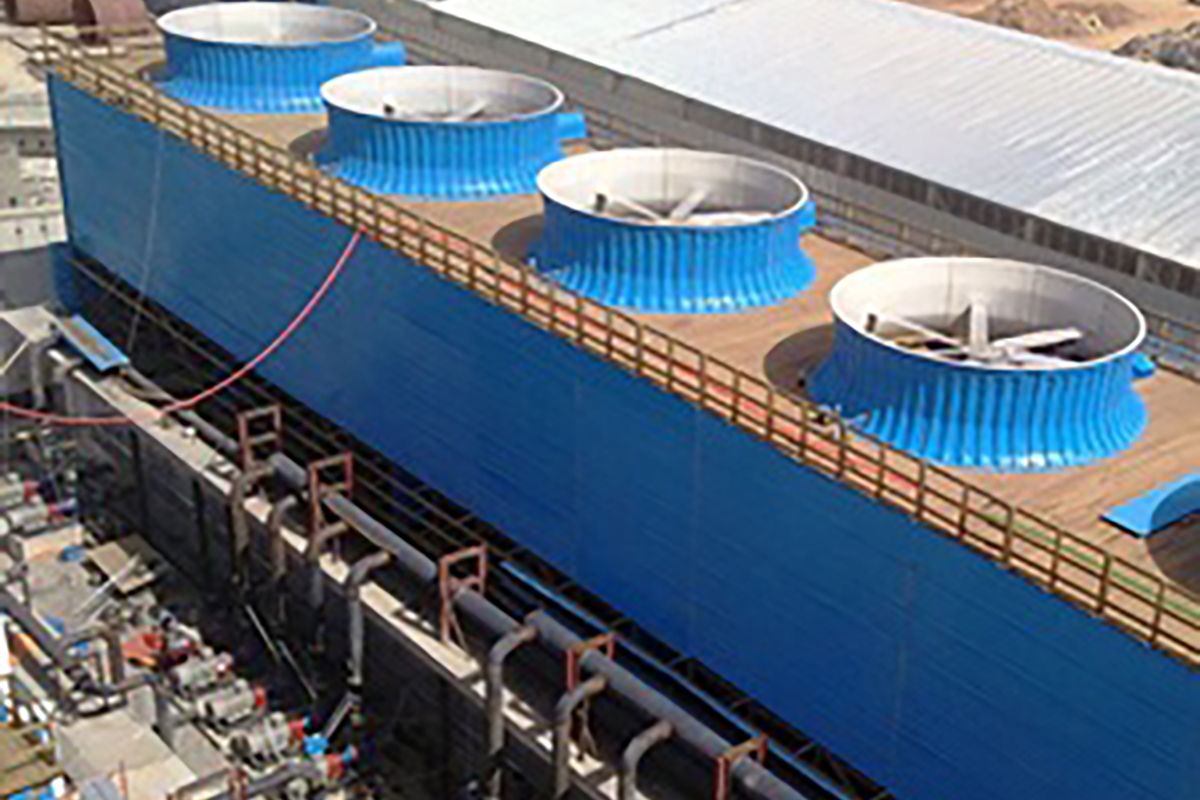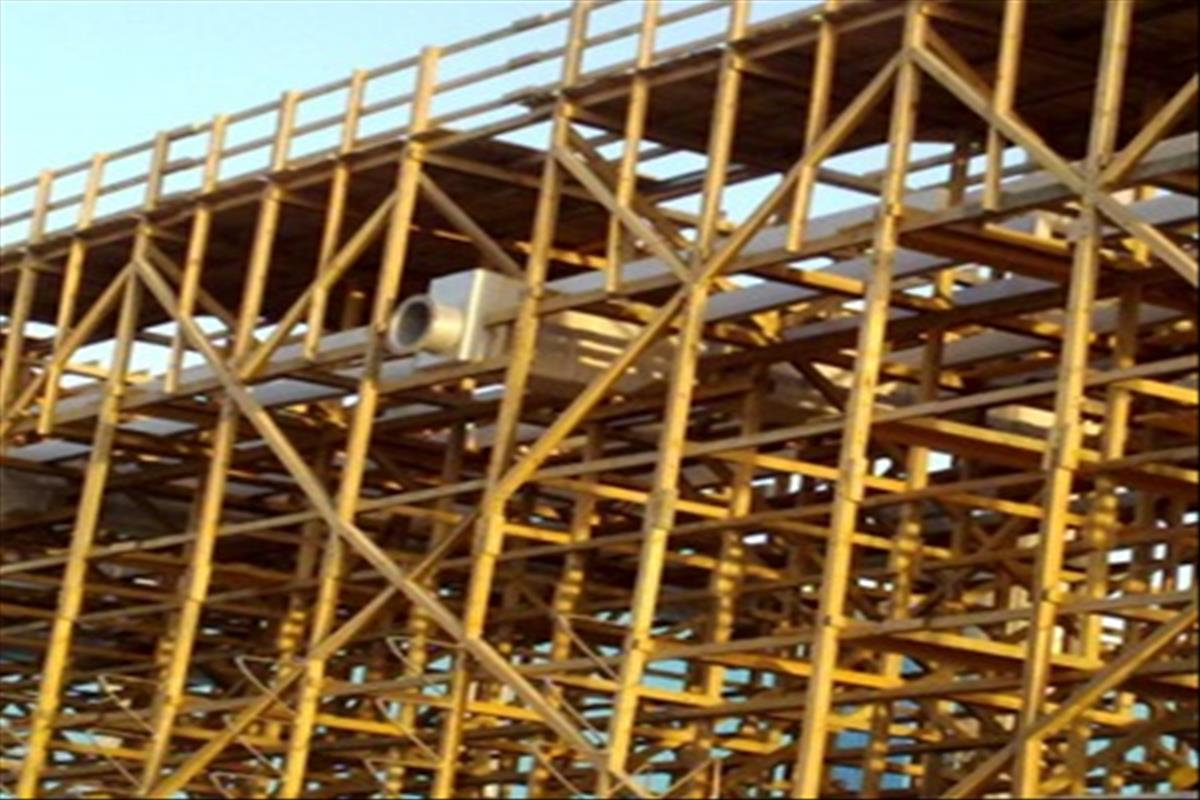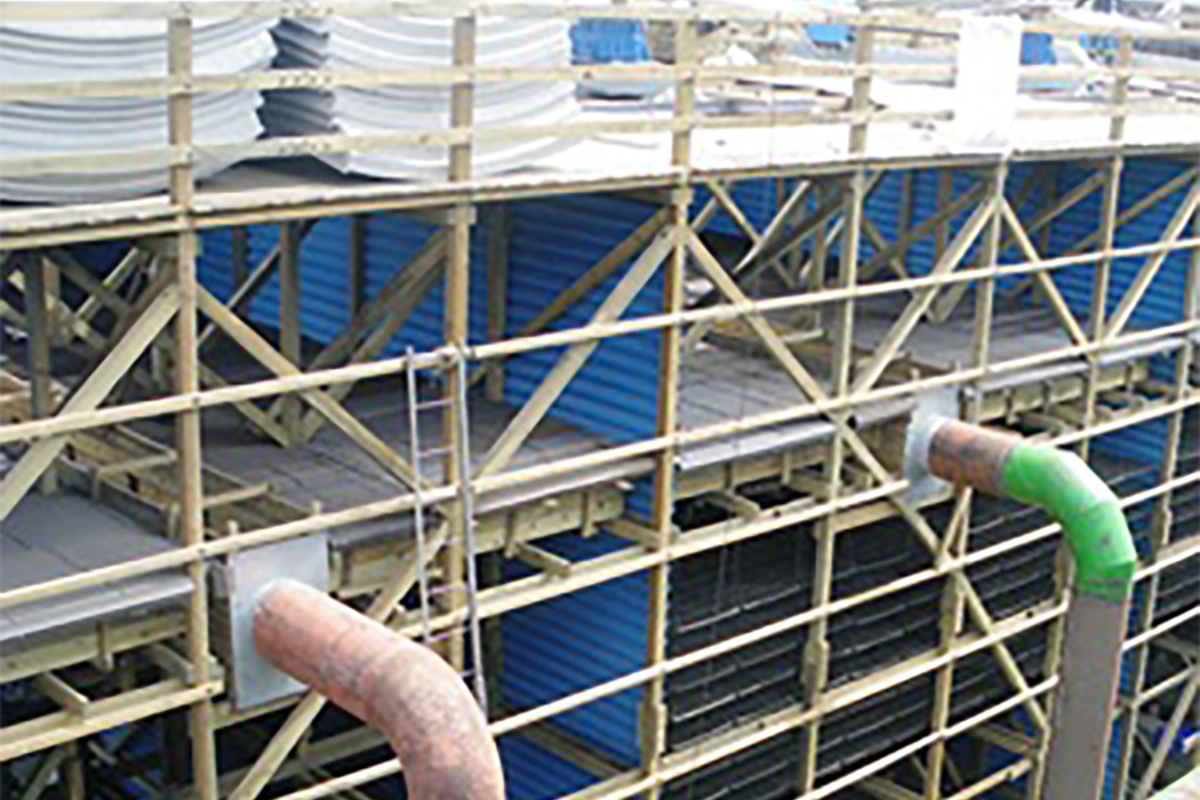Wooden Counterflow Cooling Tower
Counter-flow cooling towers perform more effectively than cross-flow cooling towers when we compare regarding the performance. The contact between water and air takes place at an angle of 180⁰ in counter-flow cooling towers, because of that the transfer of heat from water to air becomes more efficient. The pump head is lower in counter-flow cooling towers than in cross-flow cooling towers, which provides energy savings in towers. Factors such as efficient operation and energy saving have made counter-flow cooling towers preferred all over the world in the last decade.
Although GRP, the most common material, has been preferred in recent years, Impregnated Wood is the first construction material used in the history of cooling towers technology. Impregnated wooden cooling towers begin to be abraded over time due to excessive exposure of water, air and sun. Periodic maintenance and renewal works are required to prevent corrosion in cooling towers. However, there is another disadvantage here; wood is a heavy material. As it is more difficult assembling the heavy materials, it requires more labor and increases costs.
All these disadvantages have increased the preferability of cooling towers made with GRP material. Our company manufactures and assembles impregnated wooden cooling towers under requests of our customers for for special designs.
- Main Construction : Impregnated Wood
- Coating: GRP
- Water Distribution: Wood or GRP
- Shutter: GRP or PVC
- Filling: PVC or PP
- Eliminator: PVC or PP
- Sprinkler: PP
- Deck: Impregnated Wood
- Fan Base: GRP
- Connectors: AISI 304 or AISI 316
- Deck Ladder: GRP or Steel






